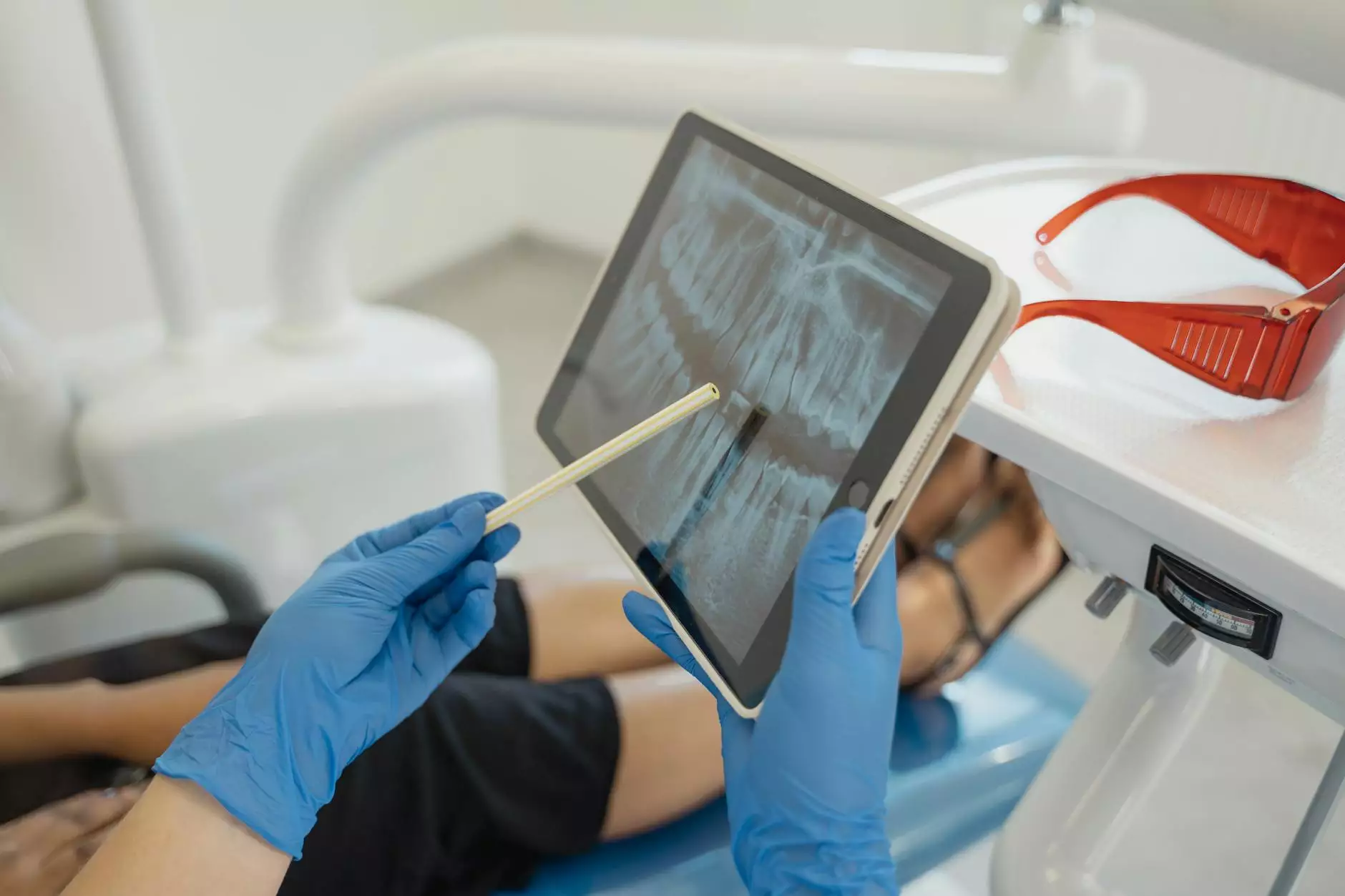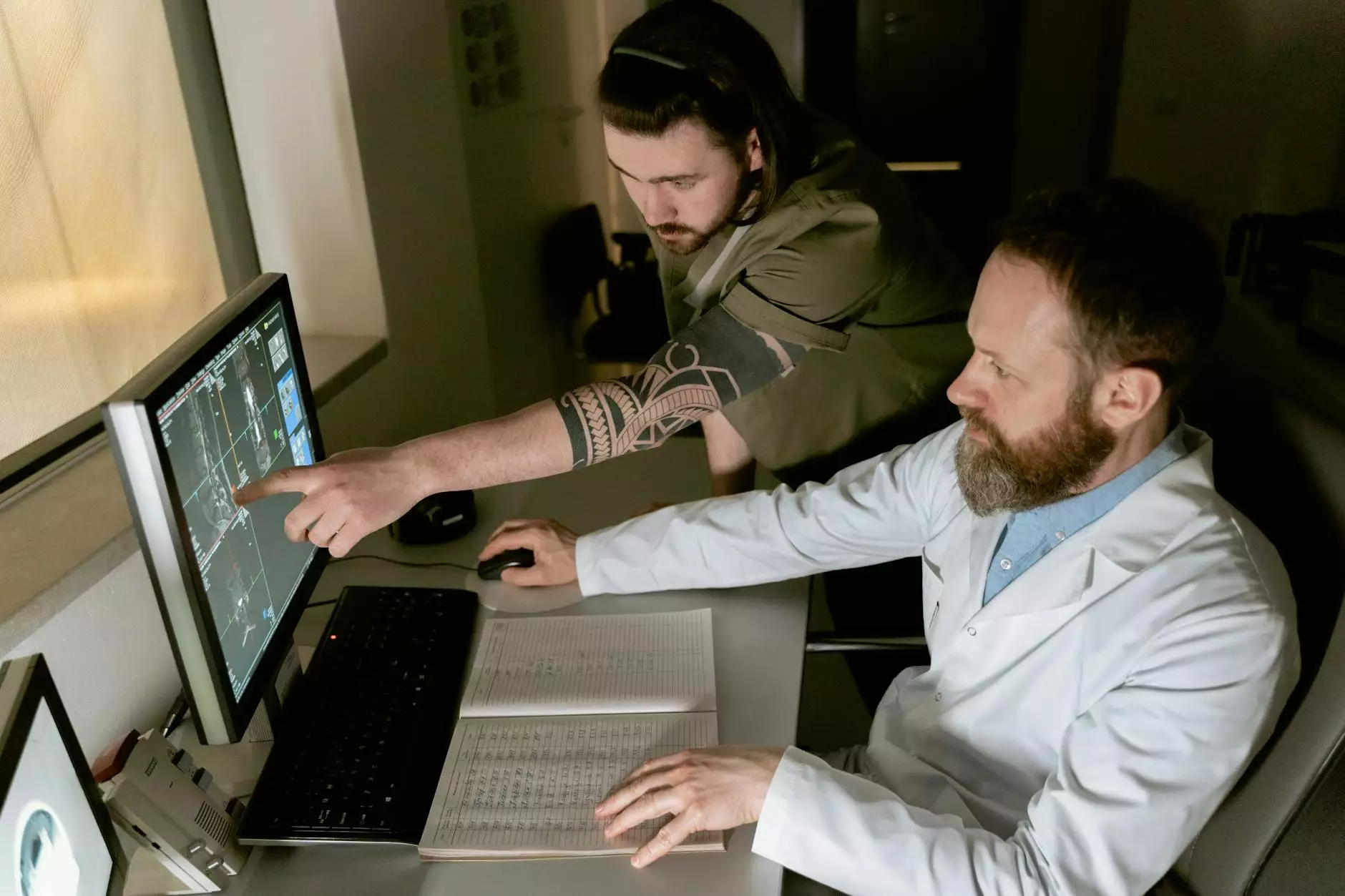Fluoroscopy - Patient Education

Welcome to the patient education page on fluoroscopy provided by Foley James D MD. In this comprehensive guide, we will explore the ins and outs of fluoroscopy, a widely used medical imaging technique that allows healthcare professionals to visualize internal structures in real-time.
What is Fluoroscopy?
Fluoroscopy is a diagnostic imaging technique that uses X-rays to create real-time moving images of the body's internal structures. It involves the use of a fluoroscope, a device that consists of an X-ray source and a fluorescent screen or digital detector.
During a fluoroscopy procedure, the patient is positioned between the X-ray source and the detector. The X-rays pass through the body, and the resulting images are displayed on a monitor, allowing the healthcare professional to observe the movement and function of organs, tissues, and other anatomical structures.
Applications of Fluoroscopy
Fluoroscopy is widely used across various medical specialties for diagnostic and interventional purposes. It is commonly employed in:
- Gastrointestinal studies: Fluoroscopy helps visualize the movement of the digestive system, allowing doctors to diagnose conditions such as gastroesophageal reflux disease (GERD), intestinal obstructions, and swallowing disorders.
- Cardiac procedures: Interventional cardiologists use fluoroscopy to guide procedures such as angioplasty, stent placement, and heart valve repairs.
- Orthopedics: Fluoroscopy assists orthopedic surgeons during procedures like joint injections, fracture reductions, and spinal surgeries.
- Pain management: Fluoroscopy is utilized to accurately guide injections for pain relief, such as epidural steroid injections and nerve blocks.
- Urology: Fluoroscopy aids in diagnosing and treating conditions of the urinary system, like kidney stones and urinary tract obstructions.
Procedure and Precautions
Prior to a fluoroscopy procedure, it is important for patients to follow any specific instructions given by their healthcare provider. These instructions may include fasting, medication adjustments, and dressing appropriately for the examination.
During the procedure, patients will be asked to lie on a table or stand in front of the fluoroscope, depending on the specific exam being performed. The X-ray technologist or radiologist will then position the body part of interest in the field of view and capture the required images.
It is essential to note that fluoroscopy involves exposure to ionizing radiation, which can pose certain risks. However, the benefits of the procedure usually outweigh the potential risks. The healthcare provider performing fluoroscopy will take necessary precautions to minimize radiation exposure for both patients and medical personnel involved.
Benefits and Risks
Fluoroscopy offers several benefits, including:
- Real-time imaging: Unlike traditional radiography, which captures static images, fluoroscopy provides dynamic, real-time visualization of the body.
- Guidance during procedures: Fluoroscopy helps guide interventional procedures, enabling precise placement of devices and instruments.
- Non-invasive: Fluoroscopy is a non-invasive imaging technique that eliminates the need for surgical exploration in many cases.
- Highly accurate: The real-time nature of fluoroscopy allows healthcare professionals to make immediate diagnostic and treatment decisions based on the observed images.
While fluoroscopy offers significant advantages, it is important to be aware of the associated risks. These risks include:
- Exposure to ionizing radiation: Repeated or excessive exposure to radiation can potentially increase the risk of developing radiation-related complications, although the risk is generally low.
- Allergic reactions: Some patients may experience allergic reactions to contrast agents used during certain fluoroscopy procedures. It is crucial to inform the healthcare provider of any known allergies or previous reactions.
- Potential for complications during interventional procedures: In rare cases, complications such as bleeding, infection, or damage to surrounding tissues may occur during fluoroscopy-guided interventions. However, healthcare providers take appropriate precautions to minimize such risks.
Conclusion
Fluoroscopy is a valuable diagnostic and interventional tool used in various medical fields. It offers real-time imaging capabilities and aids in accurate diagnoses and treatment planning. While there are associated risks, healthcare providers take necessary precautions to ensure patient safety.
If you are scheduled to undergo a fluoroscopy procedure, it is essential to discuss any concerns or questions you may have with your healthcare provider. They can provide you with specific information tailored to your case and address any potential uncertainties.
For more information about fluoroscopy or to schedule an appointment, please contact Foley James D MD. We are committed to providing high-quality patient care and ensuring your comfort and well-being throughout your medical journey.



